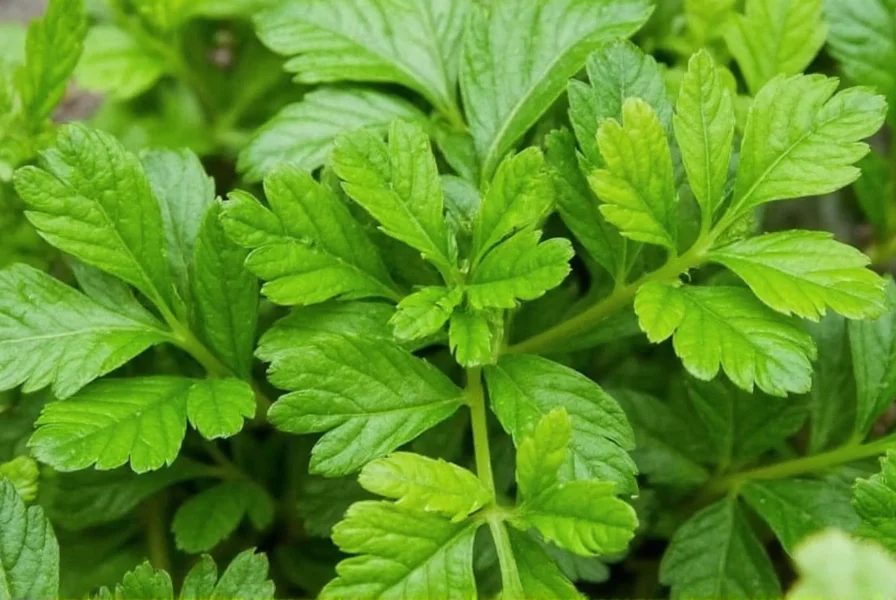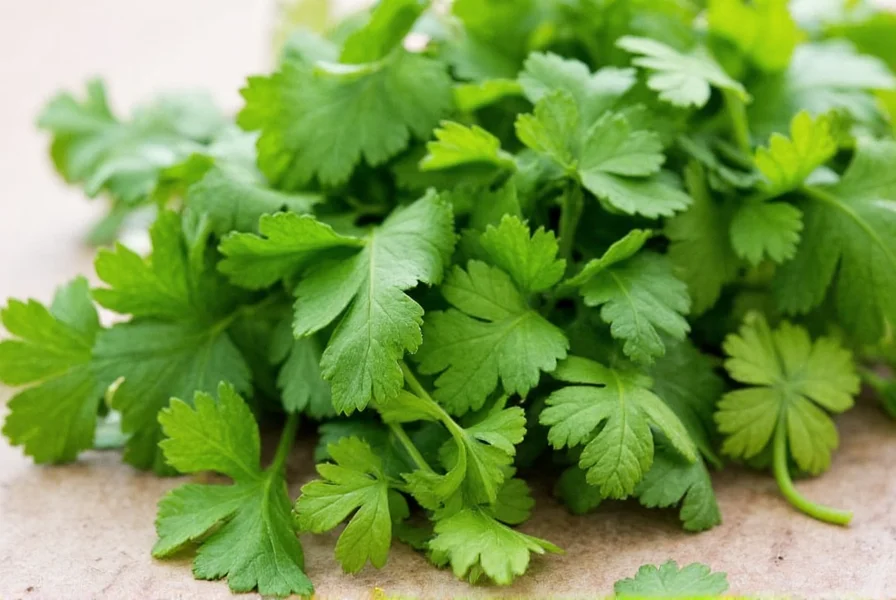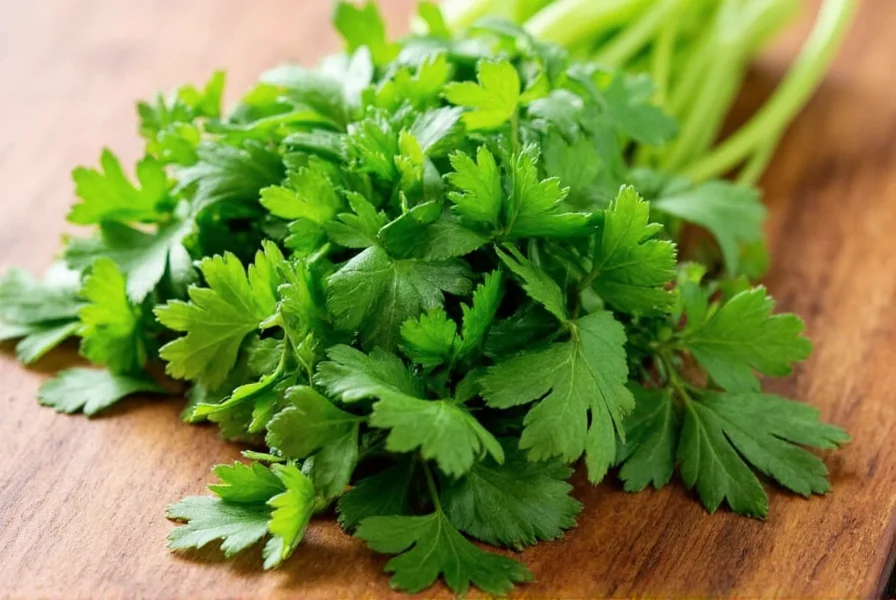Understanding the distinction between coriander and cilantro is essential for successful substitutions in your cooking. Many home chefs encounter confusion when recipes call for one term while their pantry contains the other. This guide provides practical, chef-tested alternatives that maintain your dish's integrity while working with available ingredients.
Why Coriander and Cilantro Cause Confusion
The terminology varies significantly by region. In the United States, "cilantro" refers to the fresh leaves and stems of Coriandrum sativum, while "coriander" describes the dried seeds. Most other English-speaking countries use "coriander" for both the fresh herb and seeds, creating understandable confusion for cooks following international recipes.
Botanically, they're parts of the same annual herb, but their chemical compositions differ substantially. Fresh cilantro contains aldehydes that provide its distinctive bright, citrusy flavor, while coriander seeds develop complex terpenes during drying that yield warm, nutty, and slightly citrus notes. This fundamental difference explains why direct substitution rarely works.

Substituting for Fresh Cilantro (Leaves)
When your recipe requires fresh cilantro but you're out, consider these alternatives based on your dish's requirements:
| Substitute | Best For | Ratio | Flavor Adjustment Tip |
|---|---|---|---|
| Parsley + lime juice | Salsas, guacamole, garnishes | 1:1 parsley + 1 tsp lime per ¼ cup | Add touch of cumin for depth |
| Basilsweet varieties | Asian dishes, ceviche | ¾ amount of cilantro | Use Thai basil for closer profile |
| Root vegetable greens | Stews, braises | ½ amount of cilantro | Add citrus zest for brightness |
For authentic Mexican cuisine where cilantro's unique flavor is essential, no perfect substitute exists. However, combining flat-leaf parsley with a squeeze of fresh lime juice and a tiny pinch of ground cumin creates the closest approximation for emergency substitutions in salsas and guacamole.
Replacing Coriander Seeds
When substituting for ground or whole coriander seeds, consider the seed's warm, citrusy-spicy profile. The best alternatives depend on your recipe's cultural context:
- For Indian curries: Use equal parts cumin plus a pinch of cardamom. Coriander seed's citrus notes complement curry spices, so don't omit entirely if possible
- For pickling recipes: Caraway seeds work well at ¾ the coriander amount, providing similar earthy warmth
- For baking: Ground fennel seed at half the coriander quantity maintains the citrus notes without overpowering sweetness
Chef's note: Always toast whole seed substitutes before grinding to maximize flavor release. This technique particularly helps when using caraway or cumin as coriander alternatives.

When Substitutions Won't Work
Some dishes rely so heavily on cilantro's unique compounds that substitutions fundamentally alter the dish. These include:
- Traditional chimichurri sauce (the aldehyde compounds are essential)
- Certain Thai curry pastes where fresh cilantro stems provide critical flavor base
- Authentic pico de gallo where cilantro's flavor is non-negotiable
In these cases, consider modifying your menu rather than forcing an unsatisfactory substitution. For coriander seeds, certain spice blends like garam masala already contain coriander, so check your existing blends before seeking substitutes.
Culinary Context Matters Most
The success of any coriander substitute cilantro alternative depends on understanding your dish's flavor architecture. Middle Eastern recipes using coriander seeds often pair well with cumin substitutions, while Southeast Asian dishes might better accommodate a touch of lemon grass extract when replacing fresh cilantro.
Professional chefs recommend tasting as you go when making substitutions. Start with smaller quantities of your substitute, then adjust. Remember that dried herbs generally use a 3:1 ratio compared to fresh, but this doesn't apply to the cilantro-corriander relationship since they're different plant parts.
Frequently Asked Questions
Can I use dried cilantro instead of fresh in recipes?
Dried cilantro loses most of its distinctive flavor compounds and develops a hay-like taste. It's not recommended as a substitute for fresh cilantro. For recipes requiring fresh cilantro, use the parsley-lime combination mentioned earlier rather than dried cilantro.
What's the best cilantro substitute for people with cilantro soap taste gene?
For those with the OR6A2 gene variant that makes cilantro taste soapy, Mexican oregano provides a similar earthy profile without the soapy notes. Use at a 1:1 ratio in salsas and bean dishes, or try epazote for authentic Mexican flavor in black bean preparations.
How do I substitute coriander seeds in a curry recipe?
For curry recipes requiring coriander seeds, use equal parts cumin plus ¼ teaspoon of ground cardamom per teaspoon of coriander. If making a large batch, consider adding a strip of lemon zest during cooking to replicate coriander's citrus notes, removing it before serving.
Can I grind coriander seeds to replace fresh cilantro?
No, grinding coriander seeds creates a completely different flavor profile than fresh cilantro leaves. Coriander seeds have warm, nutty notes while fresh cilantro offers bright citrus flavors. Use parsley with citrus juice instead for fresh cilantro replacement, not ground seeds.
What's a good substitute for coriander in baking recipes?
For baking applications requiring coriander seeds, use ground fennel seed at half the quantity. Fennel provides similar citrus notes without overwhelming sweetness. In spice cakes or gingerbread, add a pinch of orange zest to enhance the citrus profile that coriander would normally provide.











 浙公网安备
33010002000092号
浙公网安备
33010002000092号 浙B2-20120091-4
浙B2-20120091-4